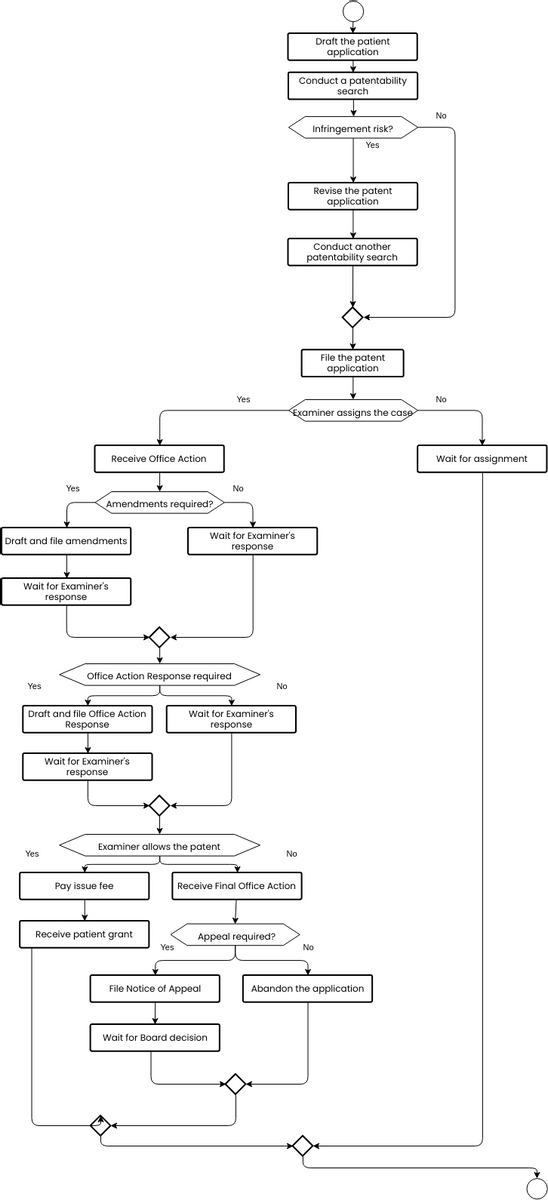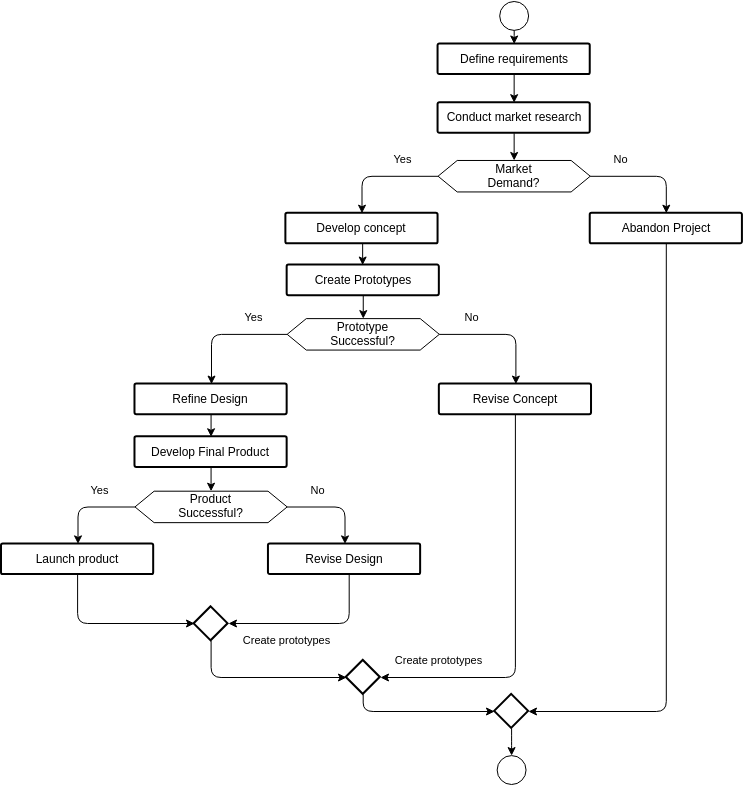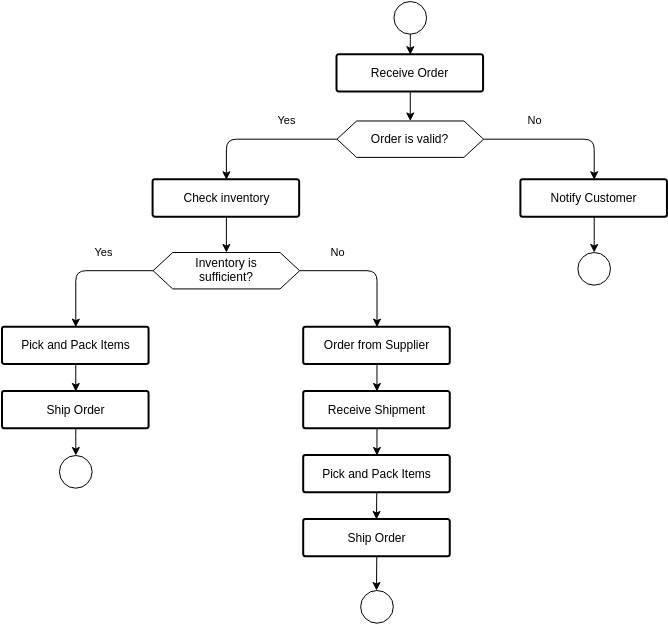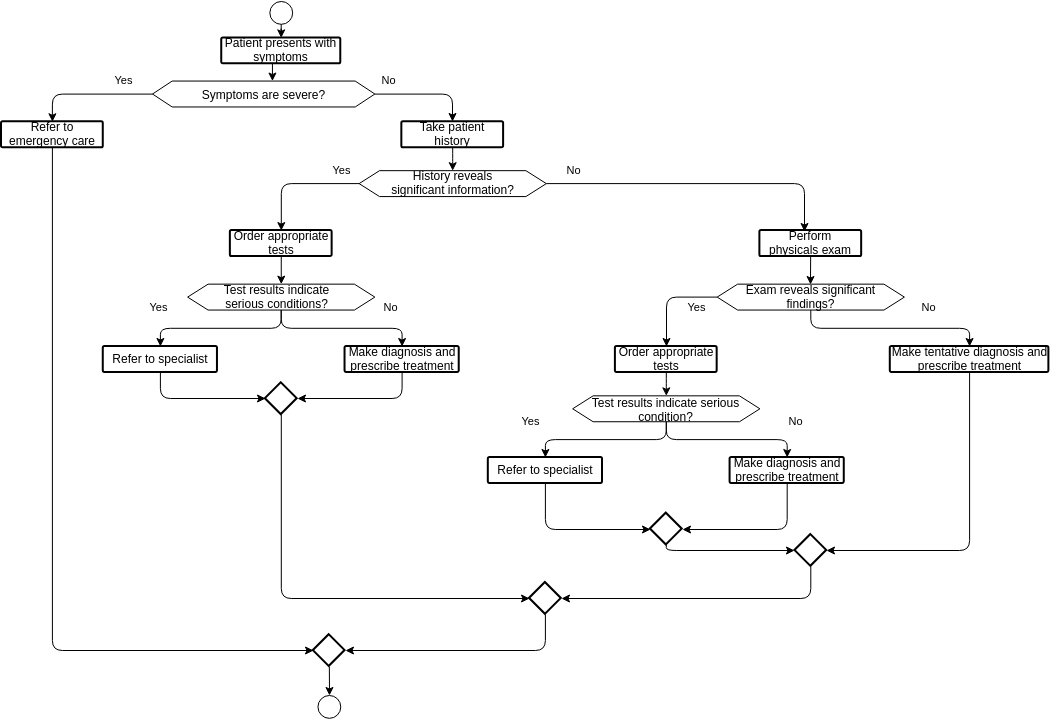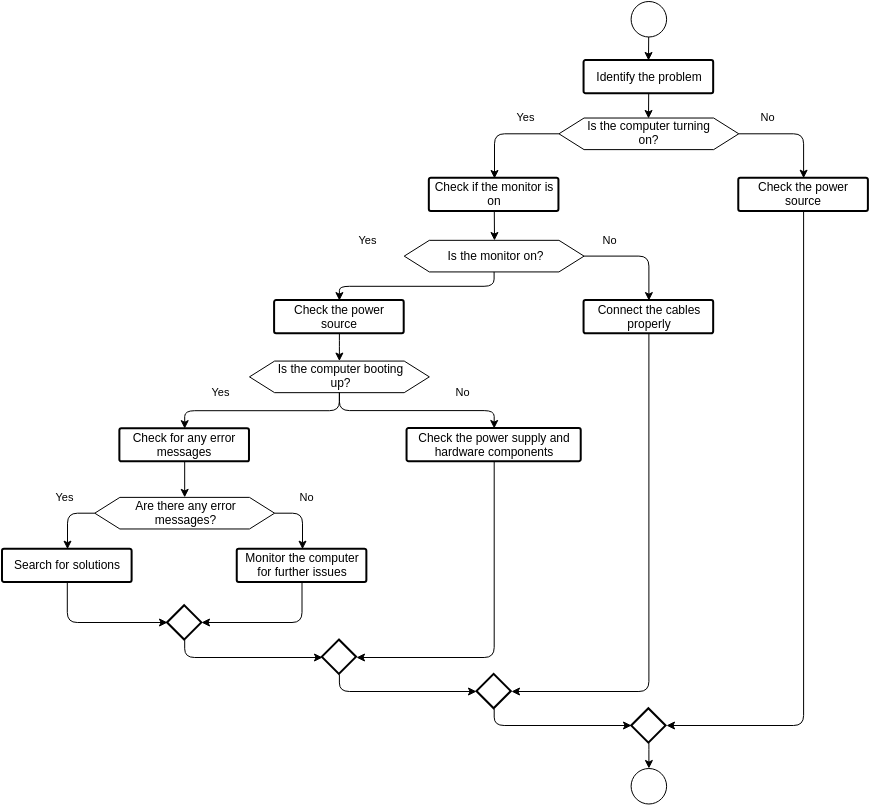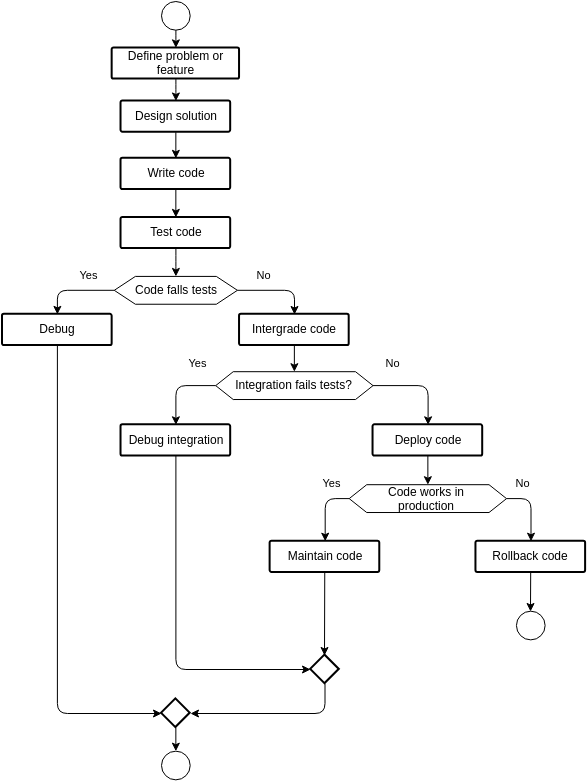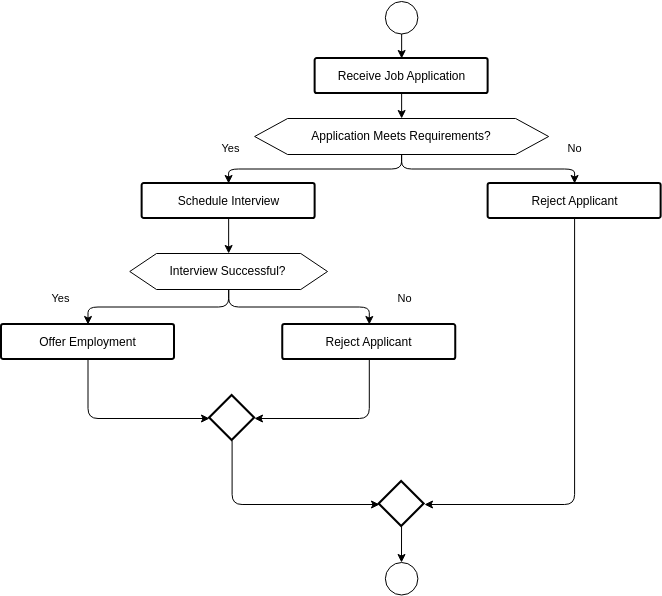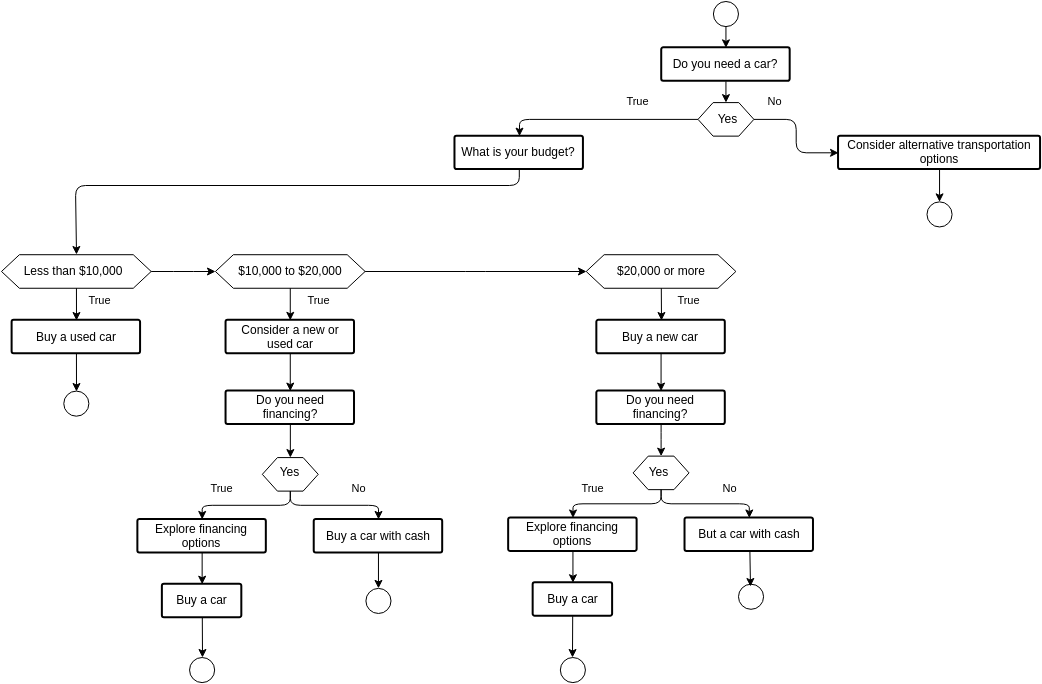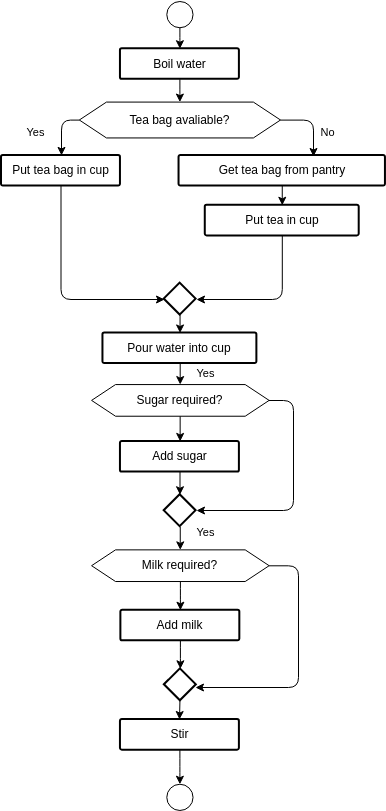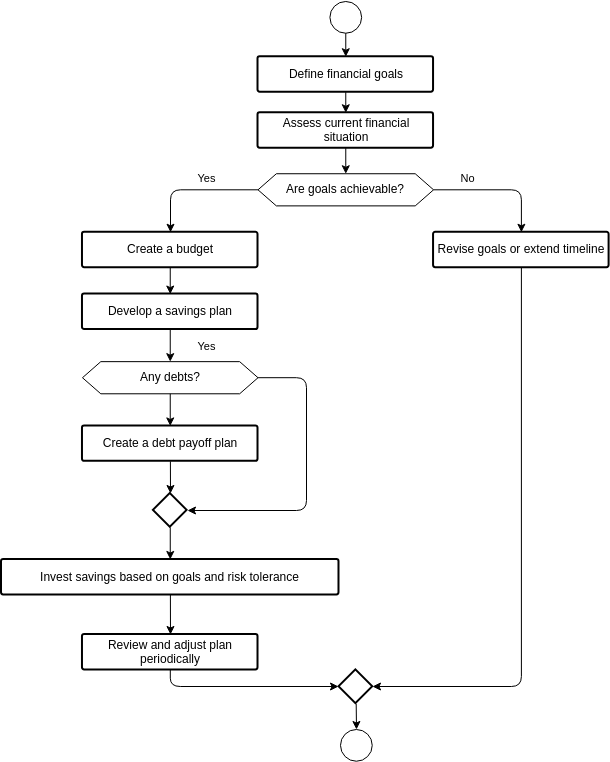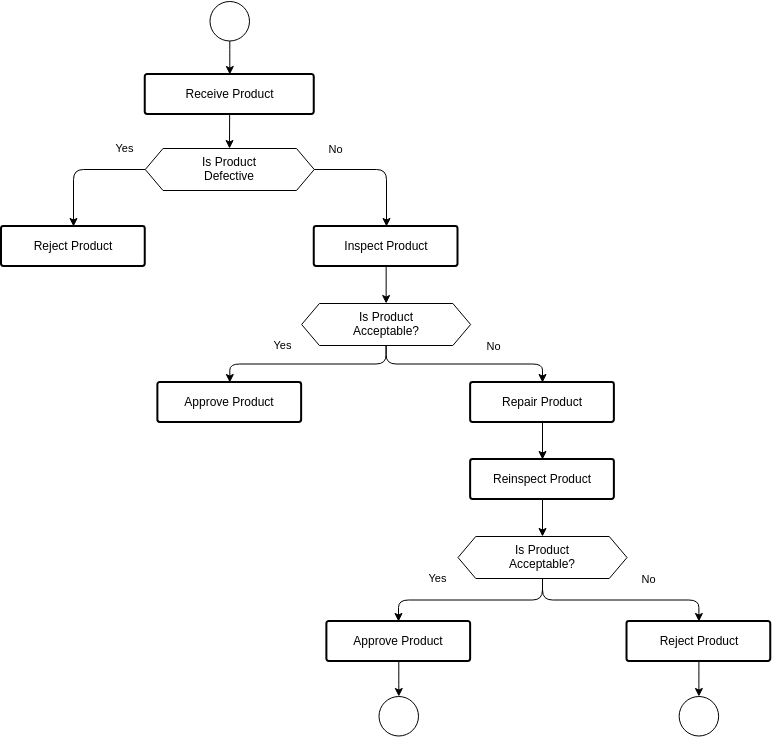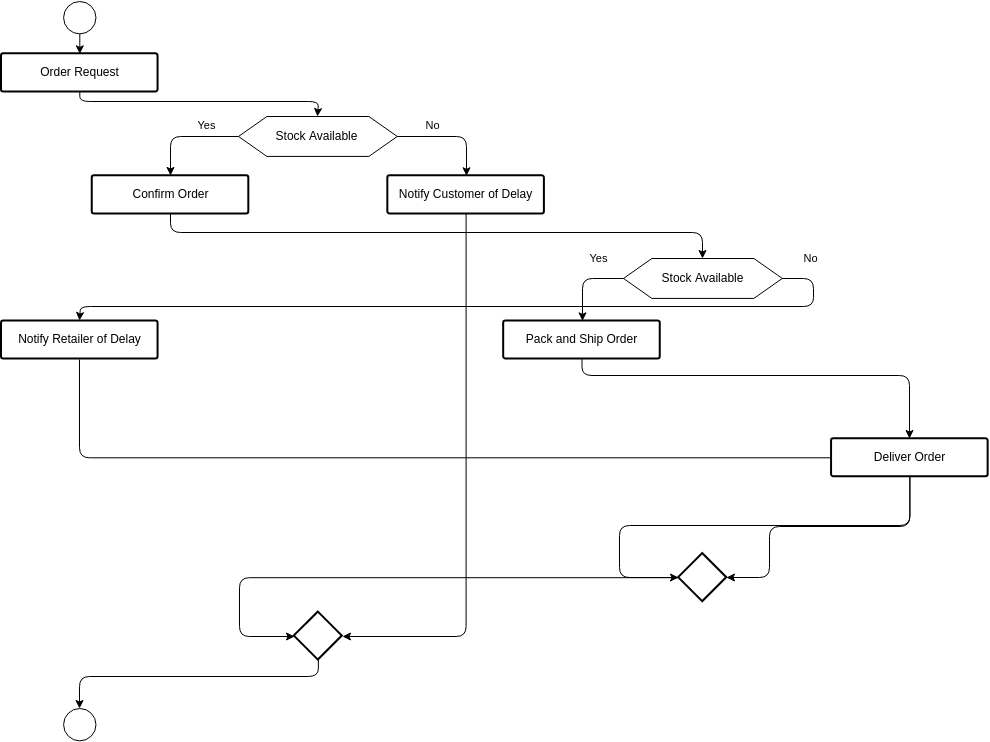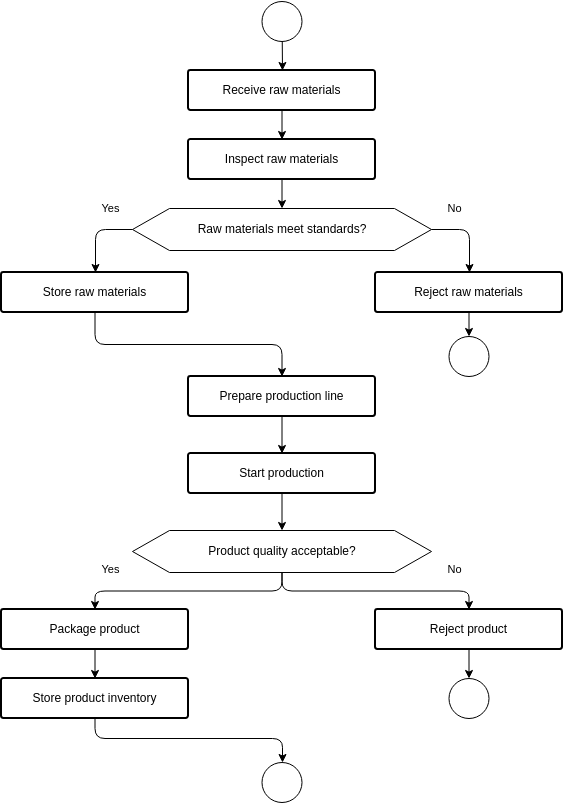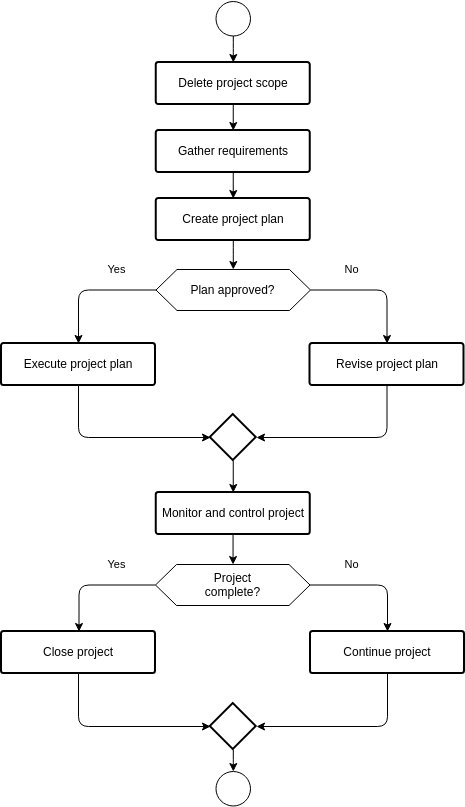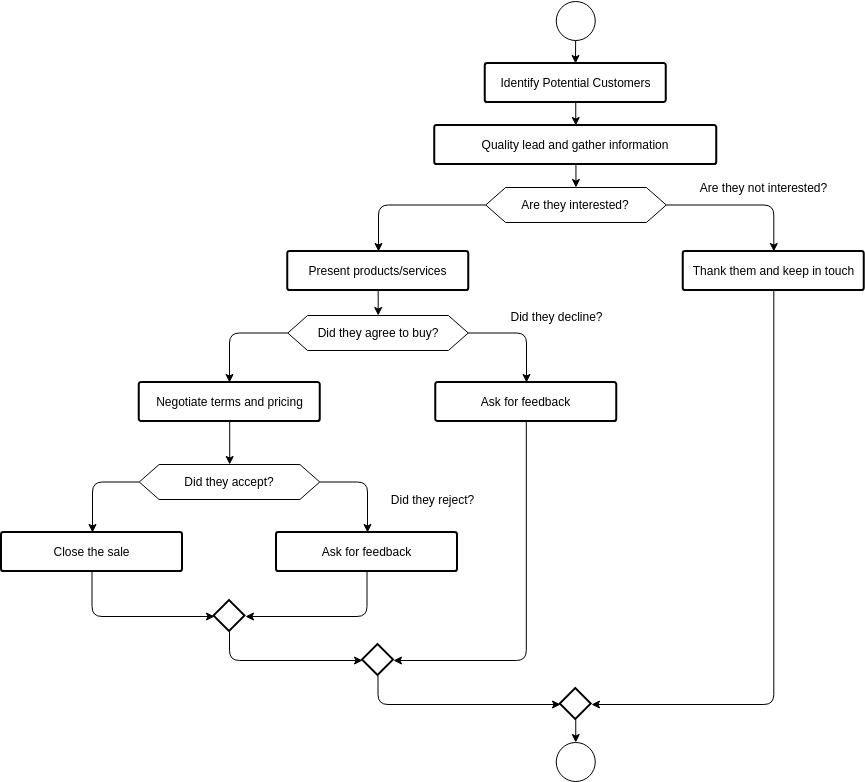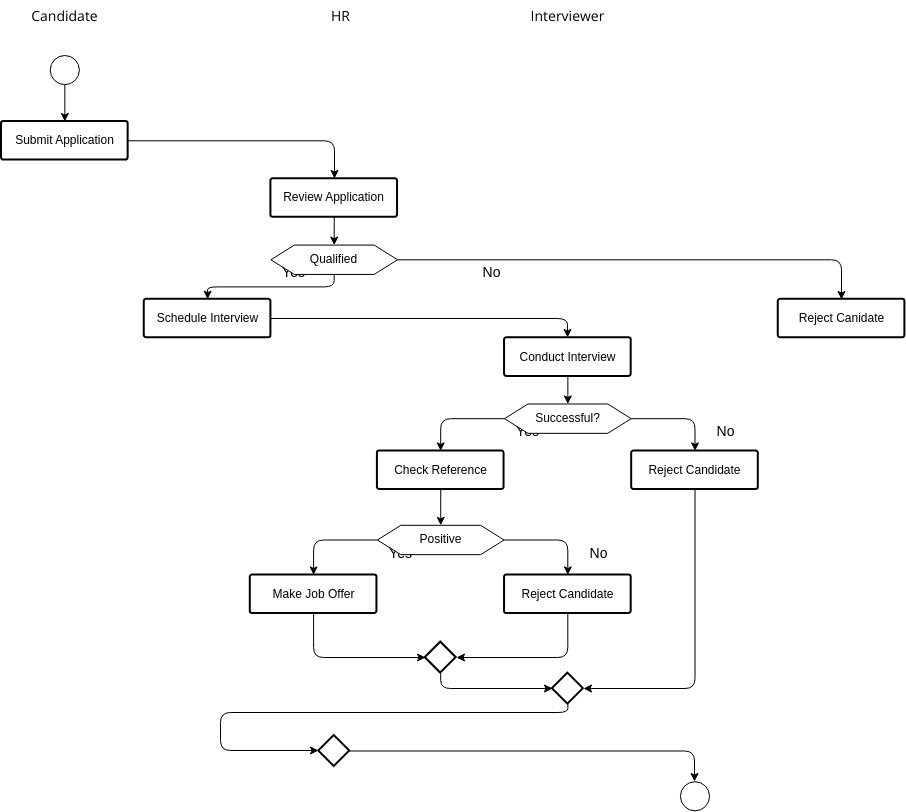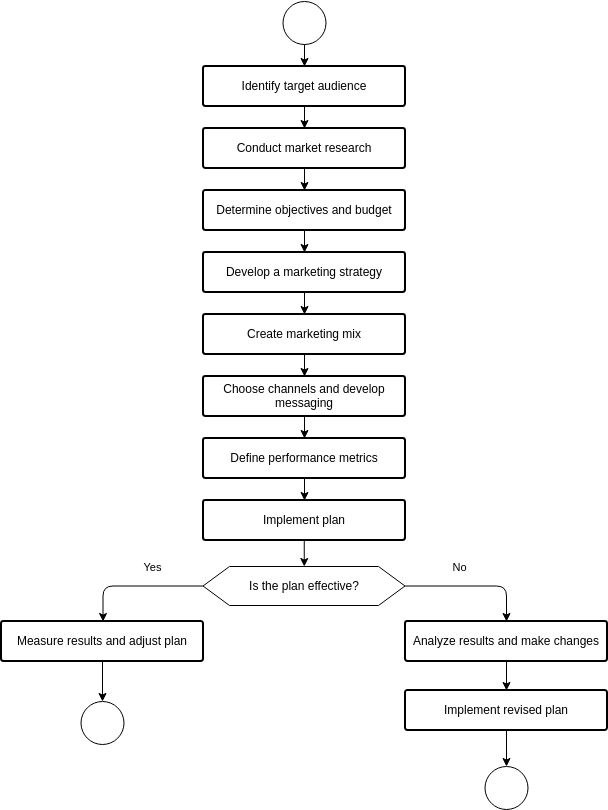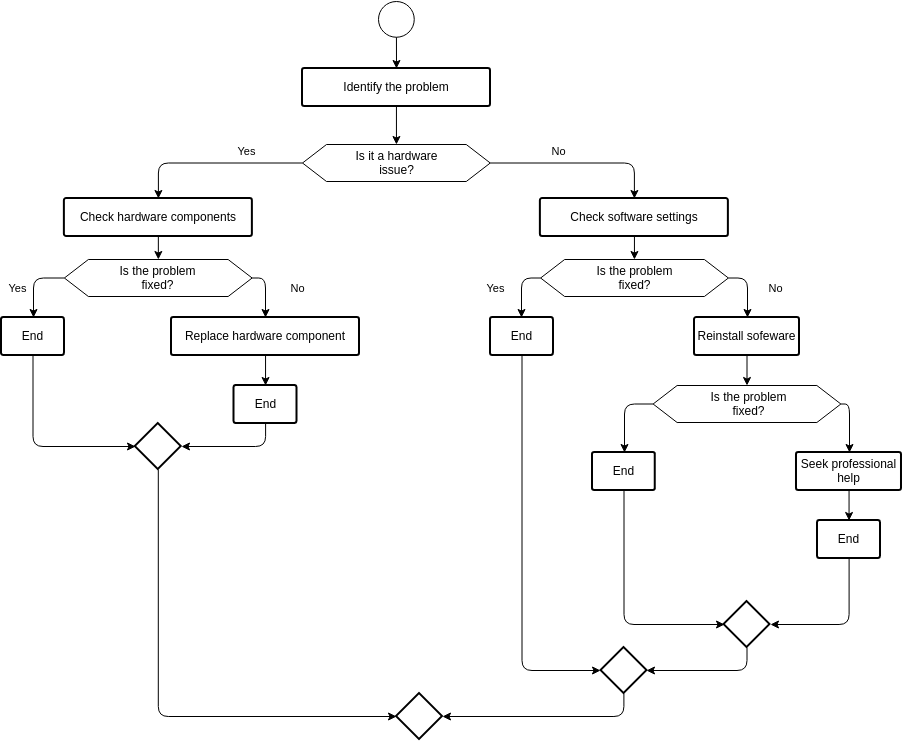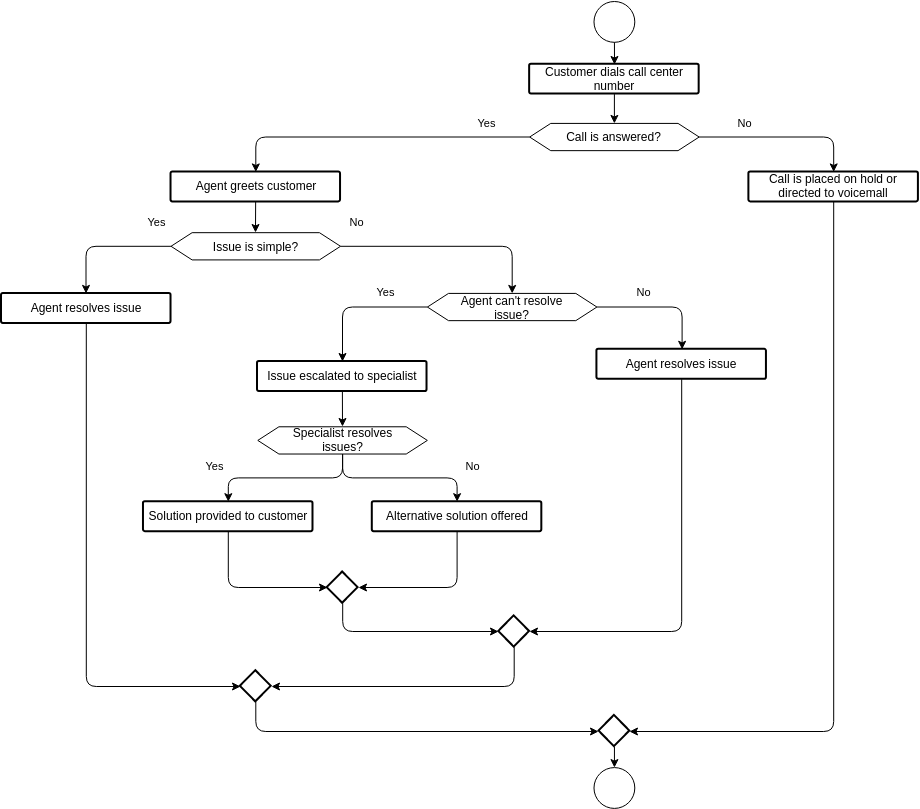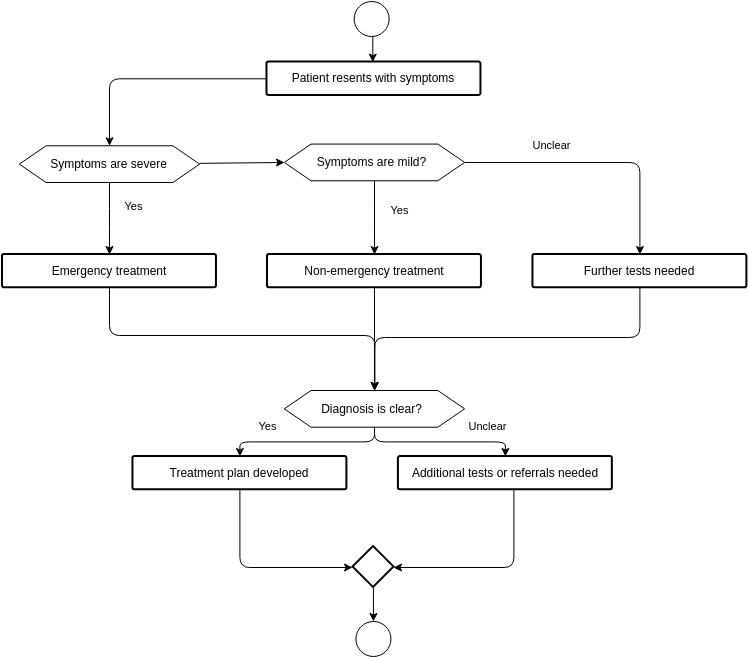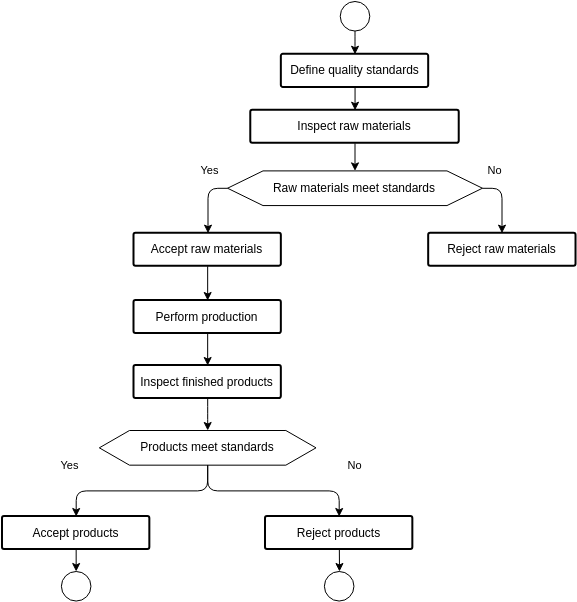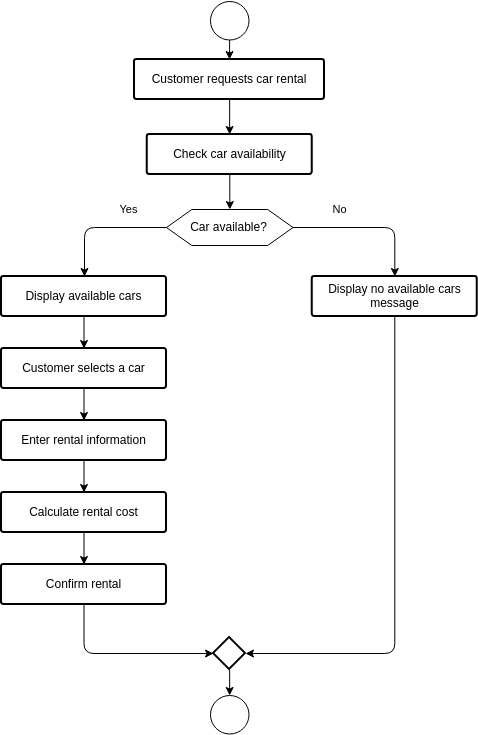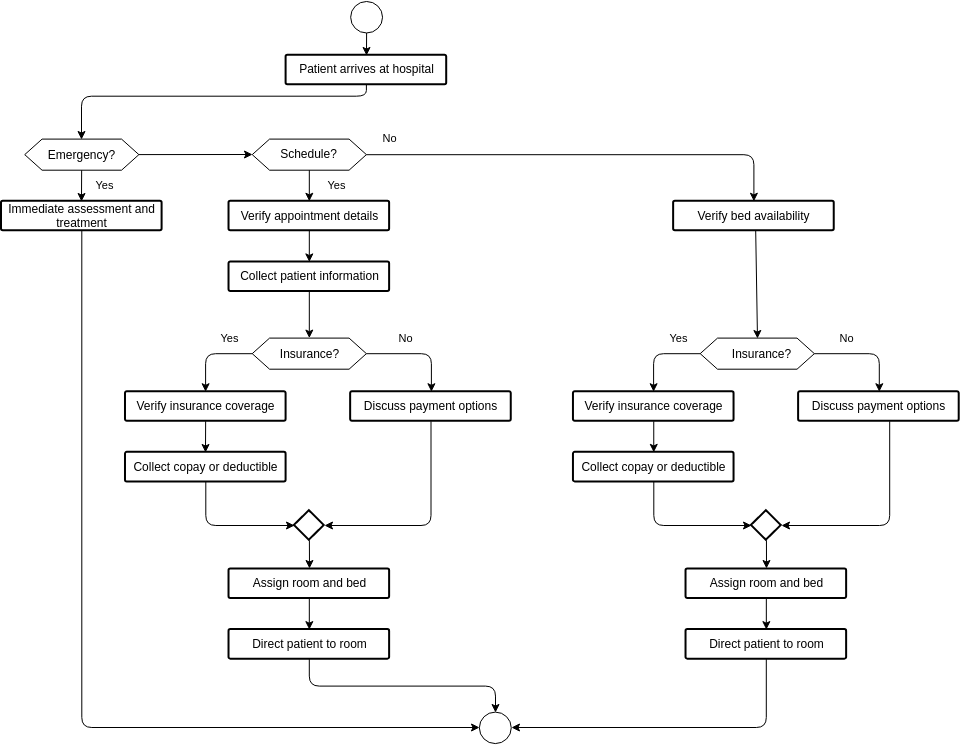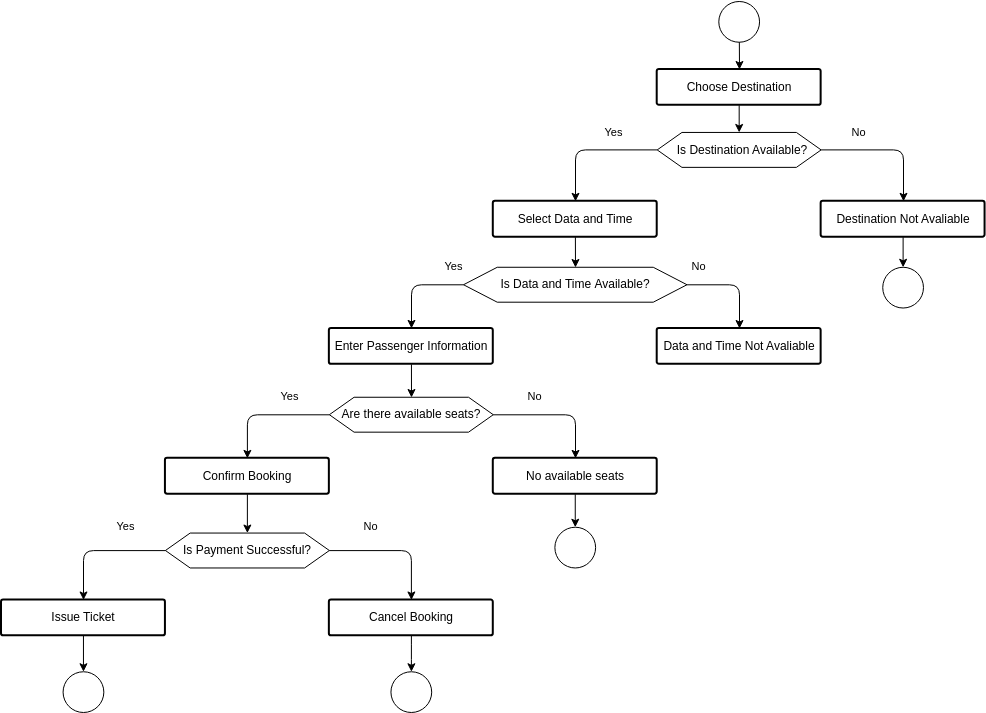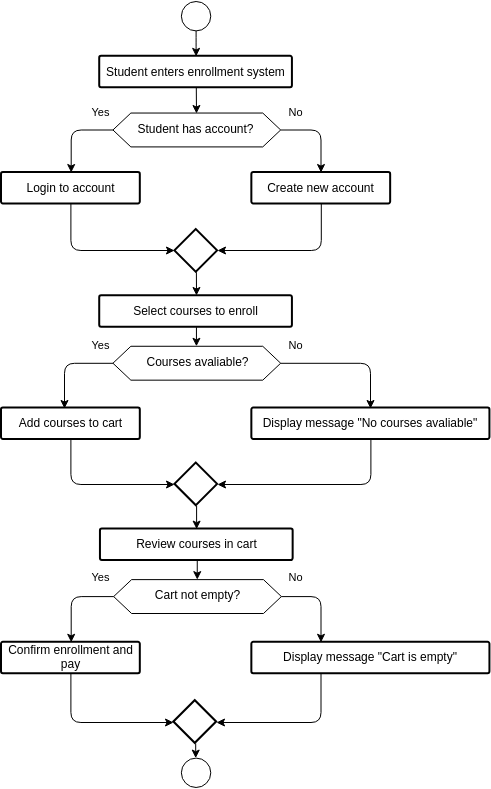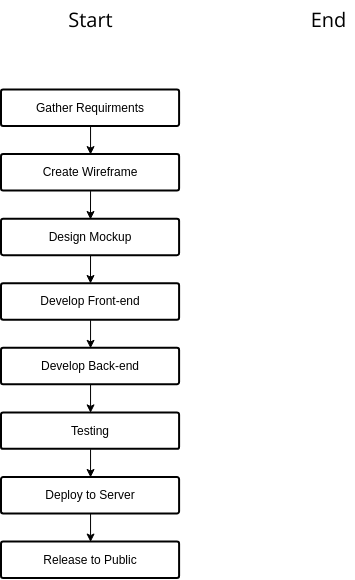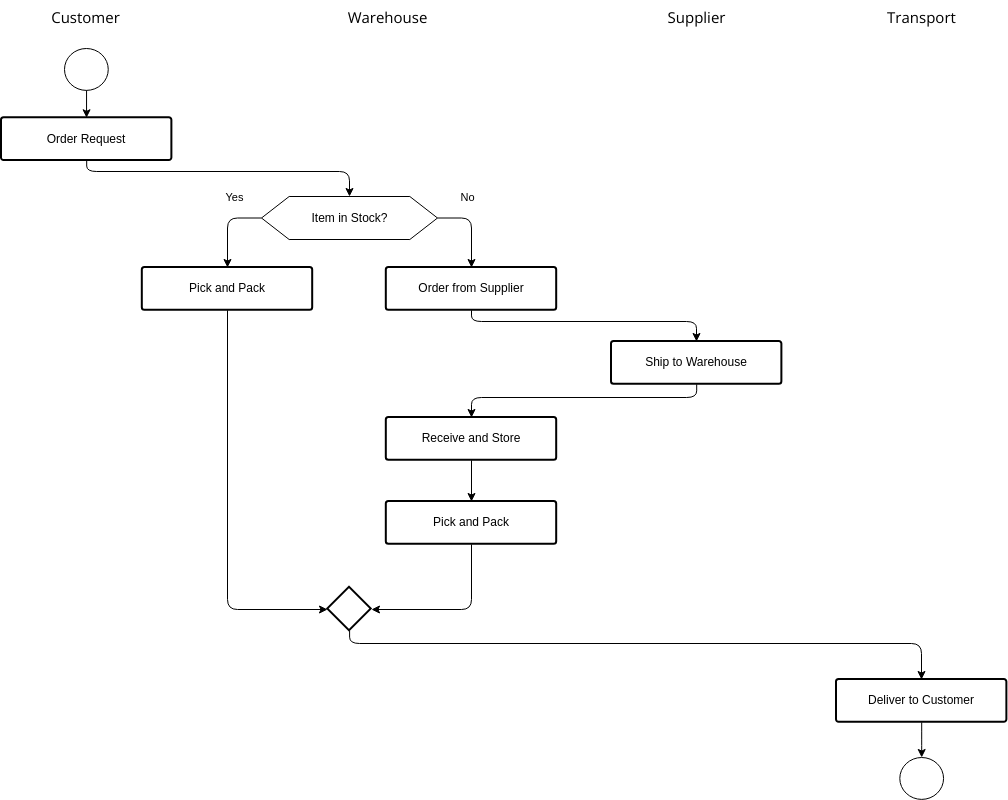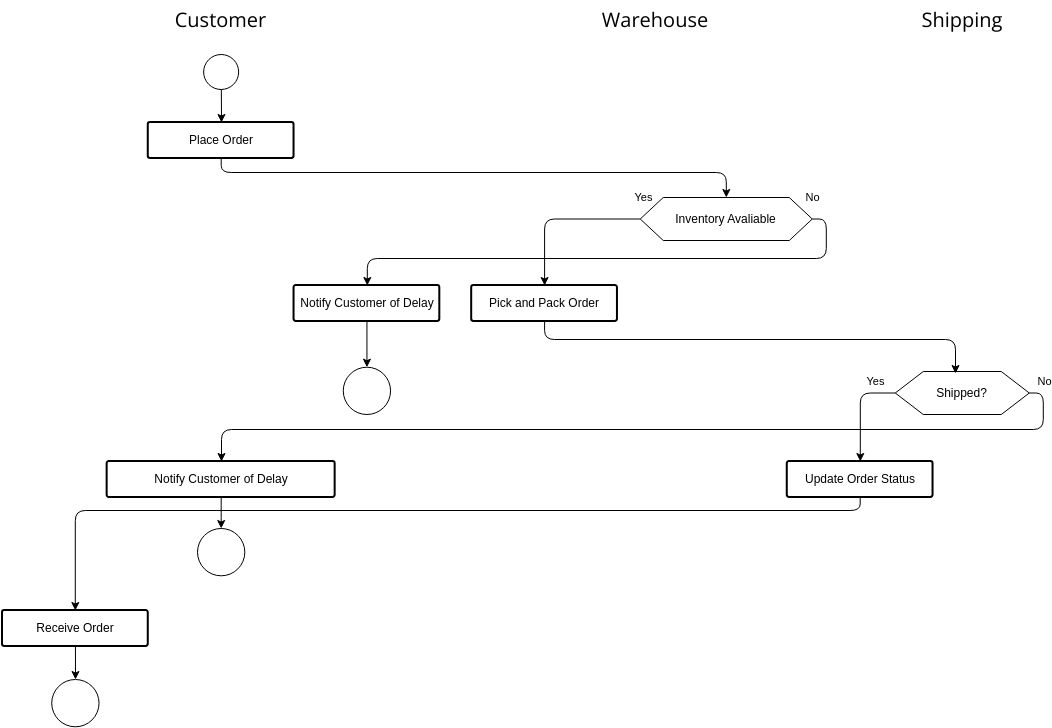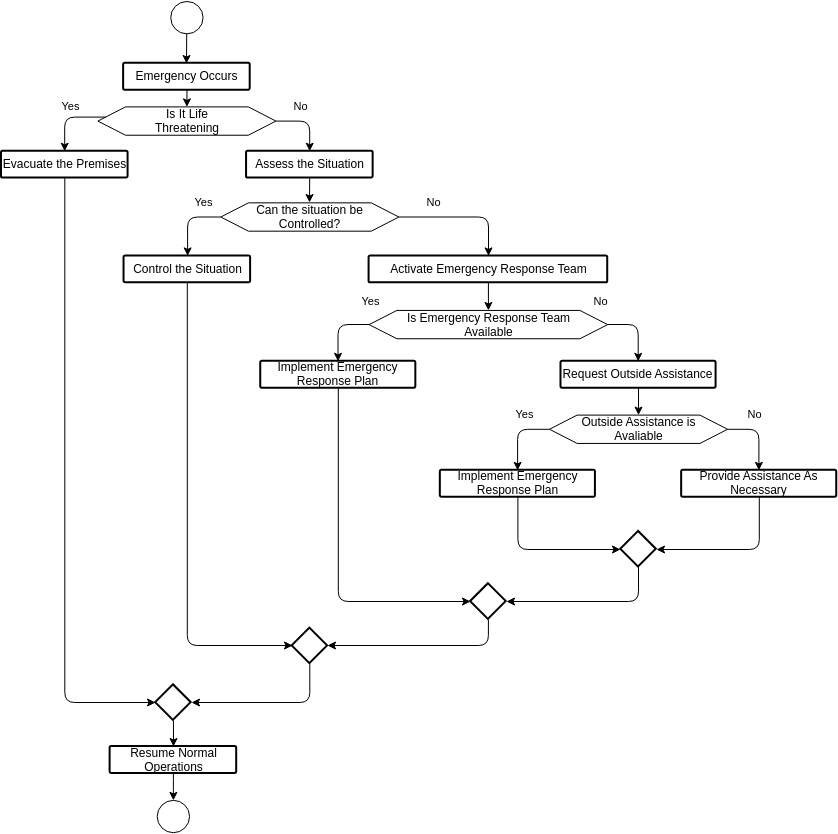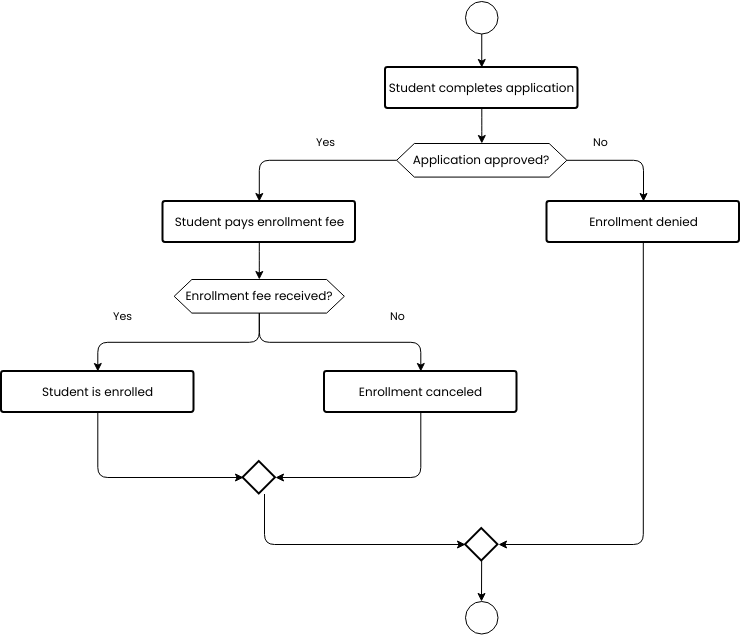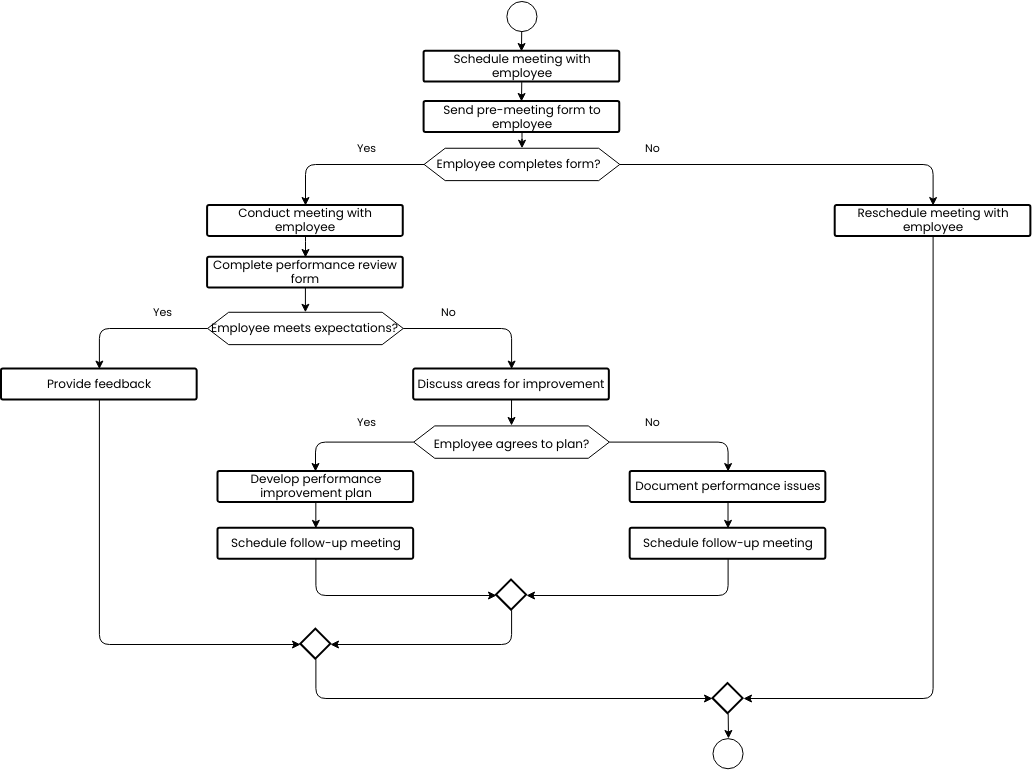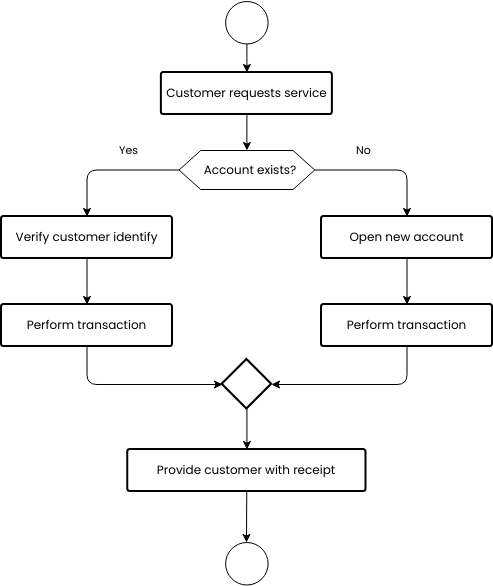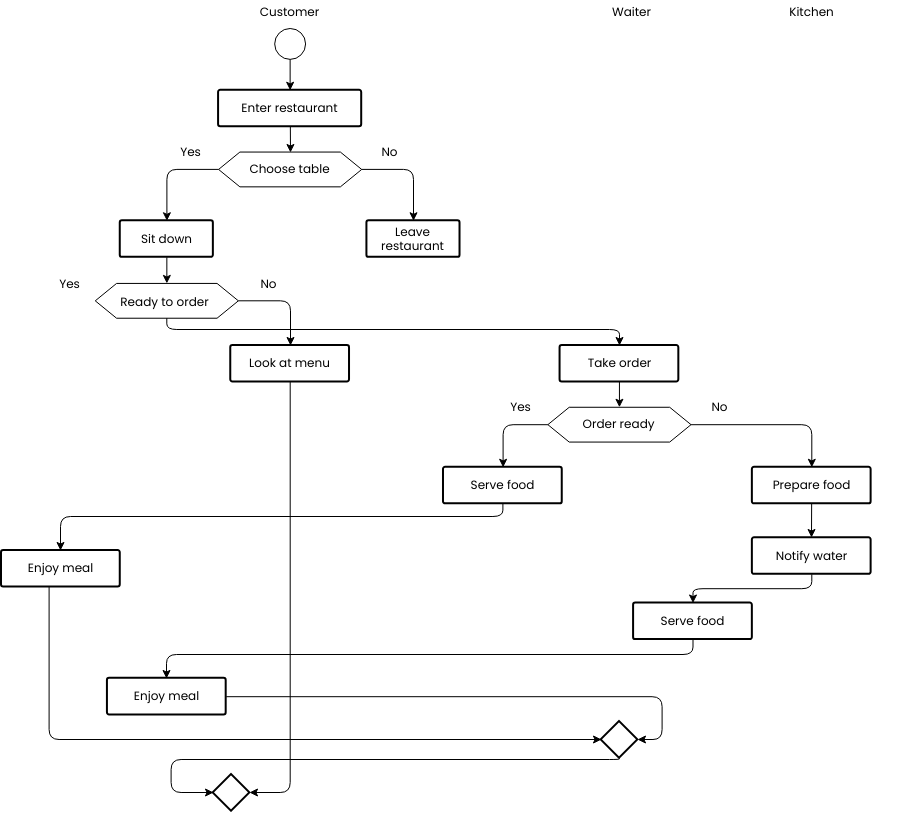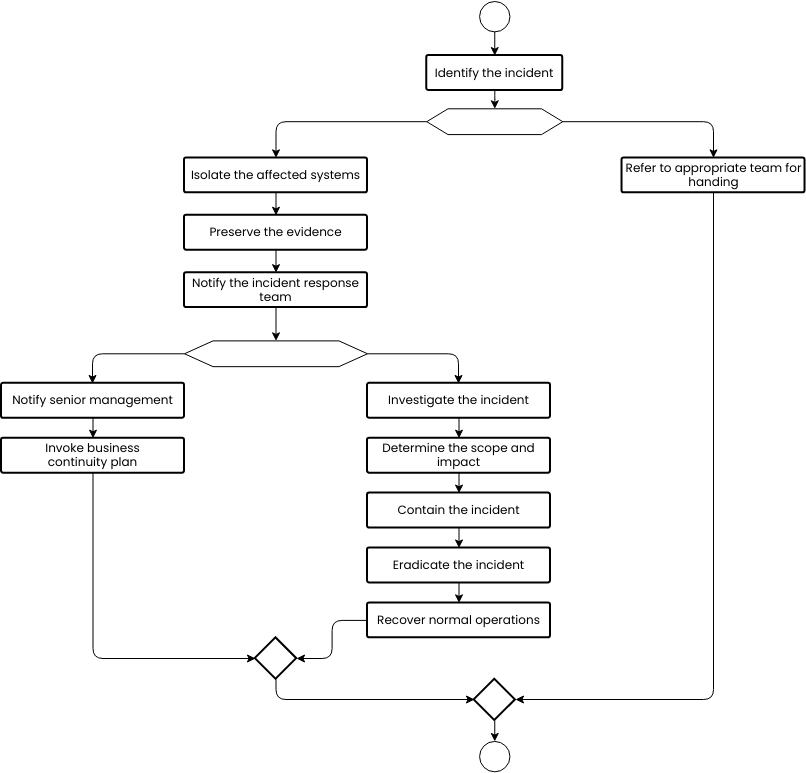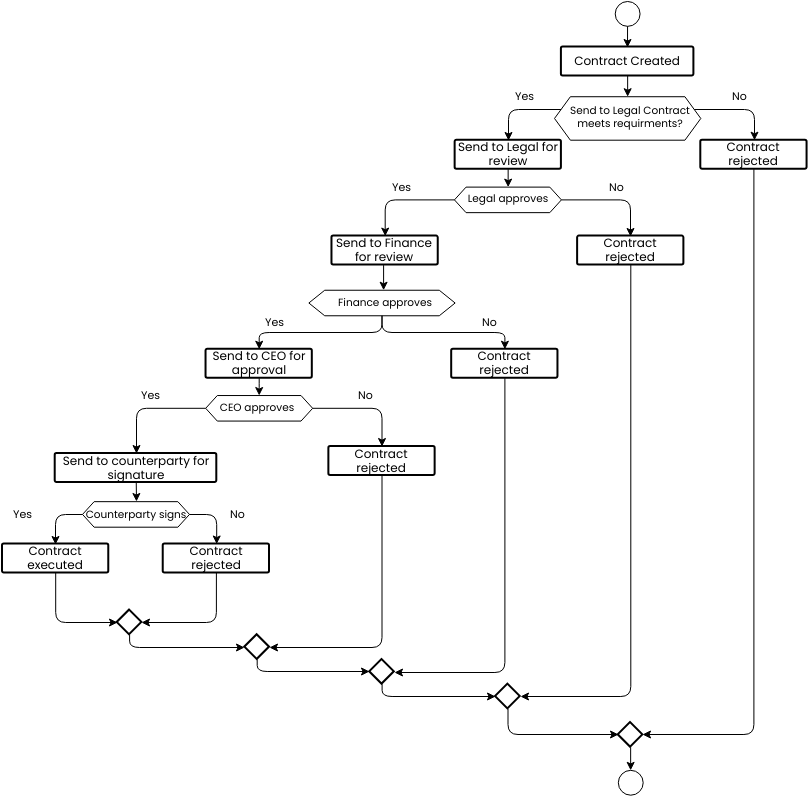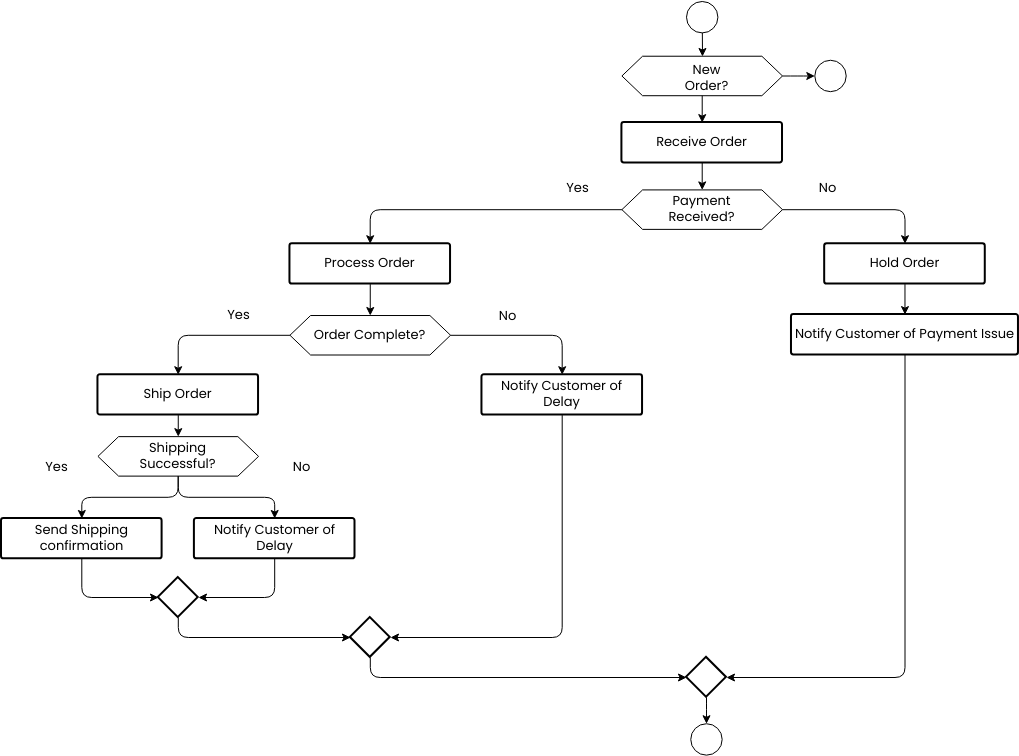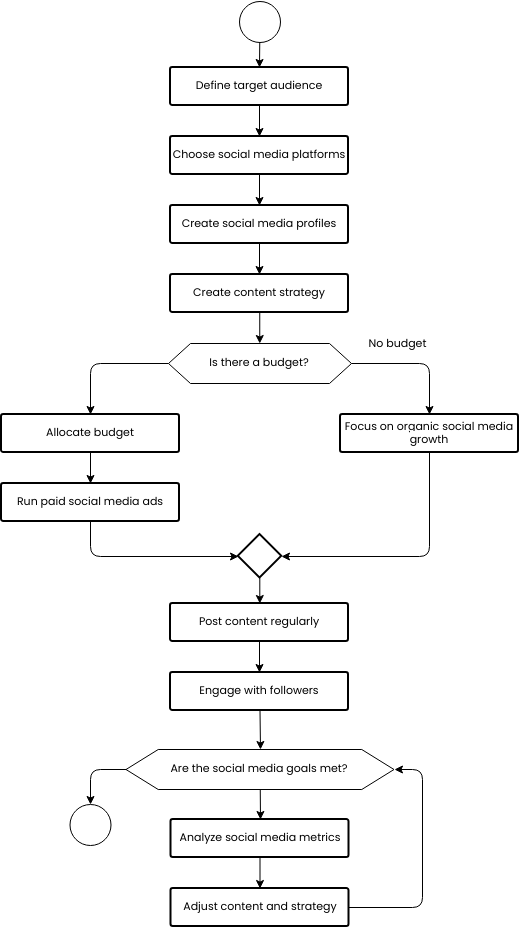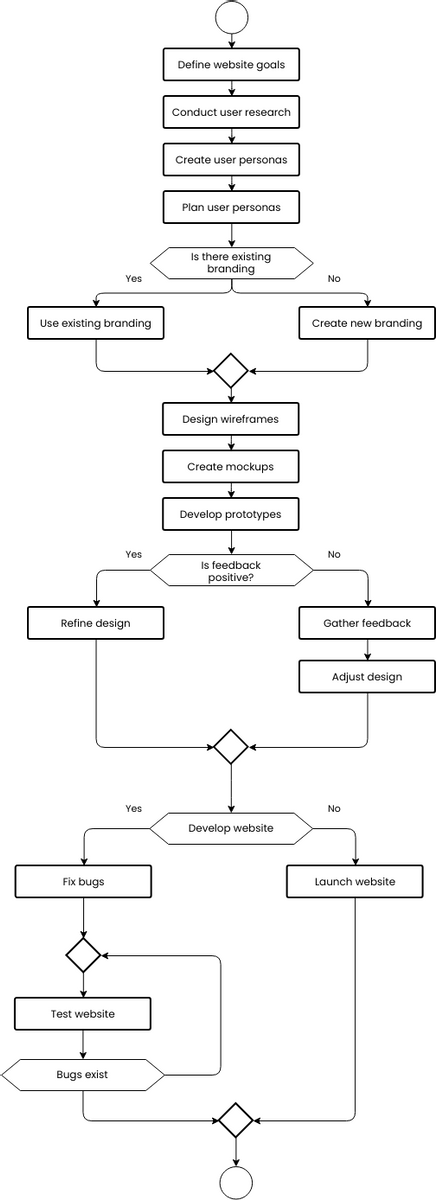Patent application process flowchart
The patent application process flowchart outlines the steps involved in obtaining a patent for a new invention or idea. The first step is to draft the patent application, which involves describing the invention or idea in detail and explaining how it is novel and non-obvious. Once the patent application has been drafted, the next step is to conduct a patentability search to determine whether the invention is truly novel and non-obvious.
If the patentability search identifies any potential obstacles to obtaining a patent, the next step is to revise the patent application. Another patentability search should then be conducted to ensure that the revisions have made the invention more patentable. After revising the patent application, the next step is to file the patent application with the appropriate patent office.
After filing the patent application, the applicant will receive an Office Action from the patent examiner regarding the status of the patent application. If the patent application is rejected or requires further clarification, the next step is to draft and file amendments to the patent application. After the amendments have been filed, the applicant must wait for the examiner's response.
The next step in the patent application process flowchart is to draft and file an Office Action Response, which involves providing a written response to the examiner's concerns and clarifying any issues raised in the Office Action. If the patent application is still rejected or requires further clarification, the next step is to file a Notice of Appeal. This involves appealing the decision of the patent examiner to a higher authority, such as the Patent Trial and Appeal Board.
Overall, by following this patent application process flowchart, inventors and patent applicants can navigate the complex process of obtaining a patent for their invention or idea. By drafting a strong patent application, conducting patentability searches, and responding effectively to the patent examiner's concerns, applicants can increase their chances of obtaining a strong and enforceable patent.
Benefits of creating this flowchart
First, it helps to ensure that all necessary steps are taken and that no important steps are missed. The patent application process can be complex and time-consuming, and creating a flowchart can help to ensure that all necessary steps are taken and that the process is followed in a consistent and standardized manner. This can help to improve the quality of the patent application and increase the chances of obtaining a strong and enforceable patent.
Second, creating a patent application process flowchart can help to improve efficiency and reduce the time and cost involved in obtaining a patent. By following a structured approach, inventors and patent applicants can streamline the process and reduce the time and effort required to obtain a patent. This can help to reduce costs for inventors and patent applicants and improve the overall profitability of the invention.
Overall, creating a patent application process flowchart is an important step for inventors and patent applicants to obtain a strong and enforceable patent. By providing a clear and structured approach to the patent application process, inventors and patent applicants can navigate the complex process more efficiently, improve the quality of the patent application, and increase their chances of success.
Searching for some flowchart templates? Go to Visual Paradigm Online and select some designs for customization now!
